Programme results for the Bovine Viral Diarrhoea (BVD) National Eradication Plan back-up some farmer concerns in recent weeks regarding the number of empty samples being recorded.
There were 1,416 empty samples recorded in the first six weeks of 2023. This equates to 0.98% of the 144,642 samples submitted.
The corresponding figures for the first six weeks of 2022 were 765 empty samples from a higher number of 195,365 samples received, which equates to 0.81% of samples. The empty rate in 2022 subsequently increased, with the total figures for the year recorded at 25,171 empty samples (1.04%).
This represents an increase of 7,490 samples, but it should be pointed out, as detailed in Figure 1, that the number or percentage of samples identified as empty has fluctuated significantly in recent years.

It is hoped that the higher empty rate identified to-date in 2023 is a blip that will balance out as higher numbers of calves are tested.
BVD programme manager Maria Guelbenzu said: “Early figures for 2023 indicate an increase in the proportion of empty samples, but they are still running at a level below the 1.08% seen over 2022. Farmers are reminded to ensure that they follow tag supplier protocols for collecting tags, in particular where their current supplier has changed the tags, requiring a new tagger to be added, or where they have changed tag suppliers.
“In both circumstances, it is critical that the correct tagger is used. While the inconvenience of empty samples is recognised, it should be noted that laboratories do not charge for these samples. Every farmer with concerns about the levels of empty tags should contact their own supplier for advice and information.”
Early results
The latest results show that there were 37 calves identified as an initial positive or inconclusive result without a negative retest result.
This equates to 0.03% of all samples submitted and is slightly ahead of the corresponding figure in 2022, where 33 calves were identified as an initial positive or inconclusive result without a negative retest result.
The 2023-born calves have been identified in 20 herds, significantly lower than the 27 herds in 2022, so at least there is a slight positive in that fewer herds are involved.
Nine of the 33 calves identified have been recorded dead, with just one animal recorded alive at more than seven weeks of age.
Swift removal
While on the subject, compensation payments in the 2023 Bovine Viral Diarrhoea (BVD) Financial Supports Programme, funded by the Department of Agriculture, are frontloaded to encourage swift removal of calves.
Payments for animals described as “BVD positive in 2023” will be made, on application, for each eligible animal that is removed to a knackery, abattoir or meat plant and has a date of death recorded on the AIM system as follows for beef calves:
€220 if the animal is removed within 10 days of the first positive or inconclusive test. €30 if the animal is removed between day 11 and 21 of the first positive or inconclusive test. In the case of dairy calves, the payment is as follows:
€160 if the dairy female or dairy cross animal is removed within 10 days of positive or inconclusive BVD test. €30 if the dairy female or dairy cross animal is removed between day 11 and 21 of the first positive or inconclusive BVD test. €30 if the dairy bull is removed within 14 days of the positive or inconclusive BVD test. The Department of Agriculture is also paying €2/calf to farmers based on calves registered this year, up to a maximum of 25 calves, to compensate farmers for having to tissue tag again in 2023.
Postage costs
Farmers also need to be aware that the cost of posting BVD samples increased by 35c per envelope on 1 February.
The new postage changes from An Post have increased the price of posting a padded A4 package weighing under 100g from €2.10 to €2.45.
Animal Health Ireland (AHI), which runs the BVD programme, advises farmers to place samples in a sealable bag within a padded envelope and to write their name, address and herd number on the top left hand corner of the envelope. Farmers are also advised to write ‘exempt animal specimen’ on the back of the envelope.
The AHI has said that up to 10 samples should fit in the envelope, provided they are packed flat.
The organisation is advising that for larger numbers of samples, farmers should take their package to the post office to ensure the correct postage is paid. Where the correct postage has not been paid, An Post has previously advised AHI that these envelopes/packages will be retained, delaying delivery of samples.
Programme results for the Bovine Viral Diarrhoea (BVD) National Eradication Plan back-up some farmer concerns in recent weeks regarding the number of empty samples being recorded.
There were 1,416 empty samples recorded in the first six weeks of 2023. This equates to 0.98% of the 144,642 samples submitted.
The corresponding figures for the first six weeks of 2022 were 765 empty samples from a higher number of 195,365 samples received, which equates to 0.81% of samples. The empty rate in 2022 subsequently increased, with the total figures for the year recorded at 25,171 empty samples (1.04%).
This represents an increase of 7,490 samples, but it should be pointed out, as detailed in Figure 1, that the number or percentage of samples identified as empty has fluctuated significantly in recent years.

It is hoped that the higher empty rate identified to-date in 2023 is a blip that will balance out as higher numbers of calves are tested.
BVD programme manager Maria Guelbenzu said: “Early figures for 2023 indicate an increase in the proportion of empty samples, but they are still running at a level below the 1.08% seen over 2022. Farmers are reminded to ensure that they follow tag supplier protocols for collecting tags, in particular where their current supplier has changed the tags, requiring a new tagger to be added, or where they have changed tag suppliers.
“In both circumstances, it is critical that the correct tagger is used. While the inconvenience of empty samples is recognised, it should be noted that laboratories do not charge for these samples. Every farmer with concerns about the levels of empty tags should contact their own supplier for advice and information.”
Early results
The latest results show that there were 37 calves identified as an initial positive or inconclusive result without a negative retest result.
This equates to 0.03% of all samples submitted and is slightly ahead of the corresponding figure in 2022, where 33 calves were identified as an initial positive or inconclusive result without a negative retest result.
The 2023-born calves have been identified in 20 herds, significantly lower than the 27 herds in 2022, so at least there is a slight positive in that fewer herds are involved.
Nine of the 33 calves identified have been recorded dead, with just one animal recorded alive at more than seven weeks of age.
Swift removal
While on the subject, compensation payments in the 2023 Bovine Viral Diarrhoea (BVD) Financial Supports Programme, funded by the Department of Agriculture, are frontloaded to encourage swift removal of calves.
Payments for animals described as “BVD positive in 2023” will be made, on application, for each eligible animal that is removed to a knackery, abattoir or meat plant and has a date of death recorded on the AIM system as follows for beef calves:
€220 if the animal is removed within 10 days of the first positive or inconclusive test. €30 if the animal is removed between day 11 and 21 of the first positive or inconclusive test. In the case of dairy calves, the payment is as follows:
€160 if the dairy female or dairy cross animal is removed within 10 days of positive or inconclusive BVD test. €30 if the dairy female or dairy cross animal is removed between day 11 and 21 of the first positive or inconclusive BVD test. €30 if the dairy bull is removed within 14 days of the positive or inconclusive BVD test. The Department of Agriculture is also paying €2/calf to farmers based on calves registered this year, up to a maximum of 25 calves, to compensate farmers for having to tissue tag again in 2023.
Postage costs
Farmers also need to be aware that the cost of posting BVD samples increased by 35c per envelope on 1 February.
The new postage changes from An Post have increased the price of posting a padded A4 package weighing under 100g from €2.10 to €2.45.
Animal Health Ireland (AHI), which runs the BVD programme, advises farmers to place samples in a sealable bag within a padded envelope and to write their name, address and herd number on the top left hand corner of the envelope. Farmers are also advised to write ‘exempt animal specimen’ on the back of the envelope.
The AHI has said that up to 10 samples should fit in the envelope, provided they are packed flat.
The organisation is advising that for larger numbers of samples, farmers should take their package to the post office to ensure the correct postage is paid. Where the correct postage has not been paid, An Post has previously advised AHI that these envelopes/packages will be retained, delaying delivery of samples.





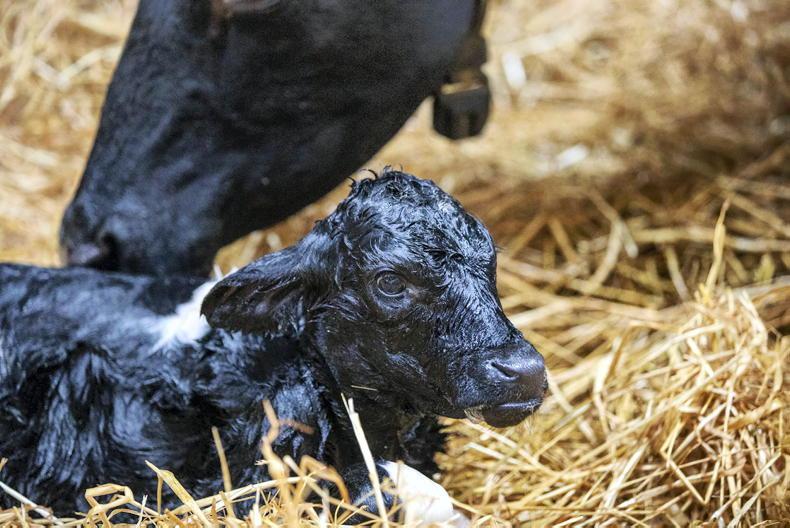
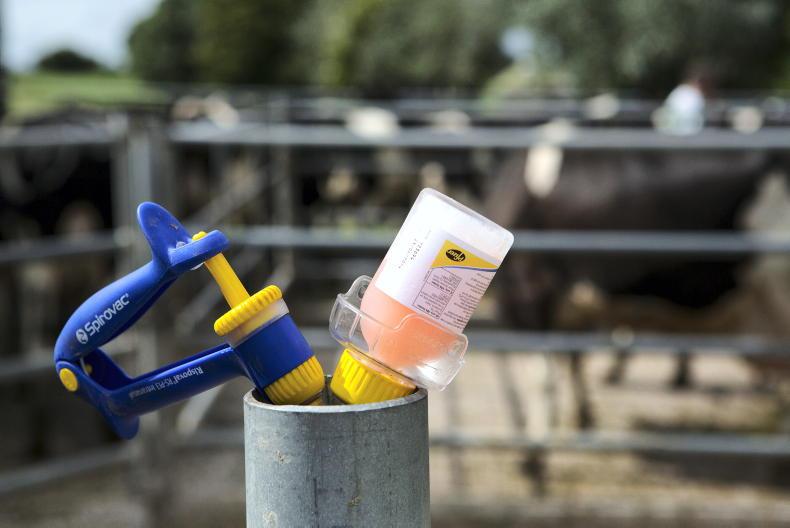
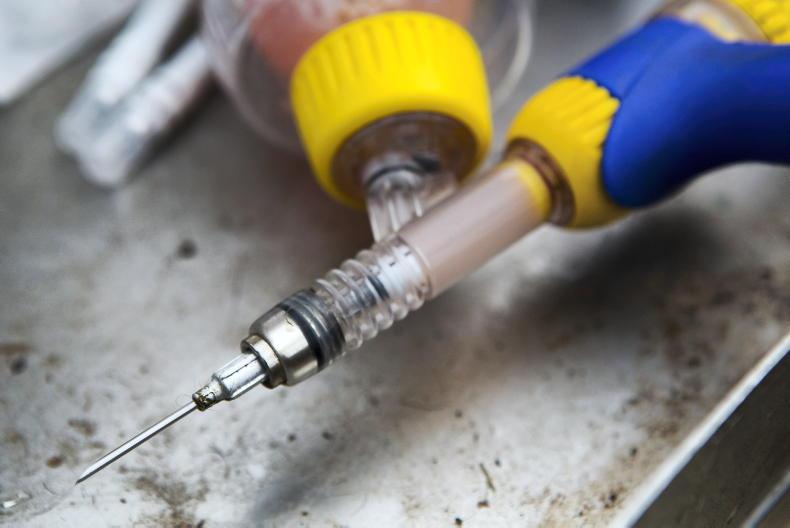
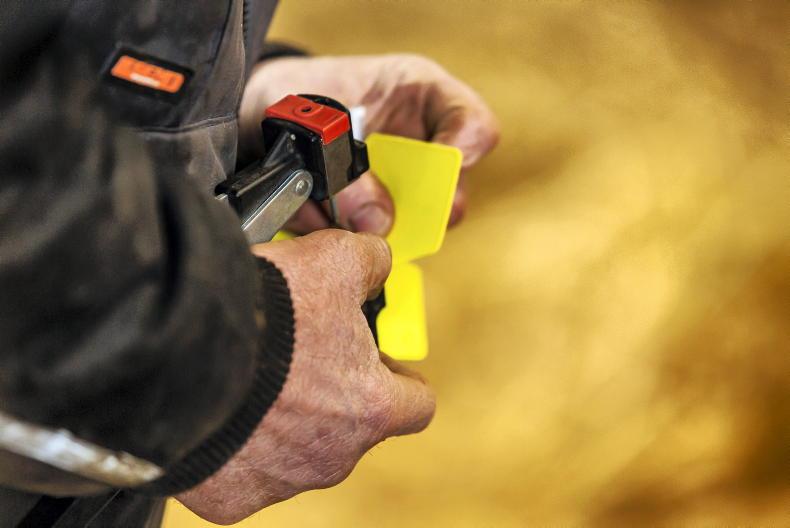
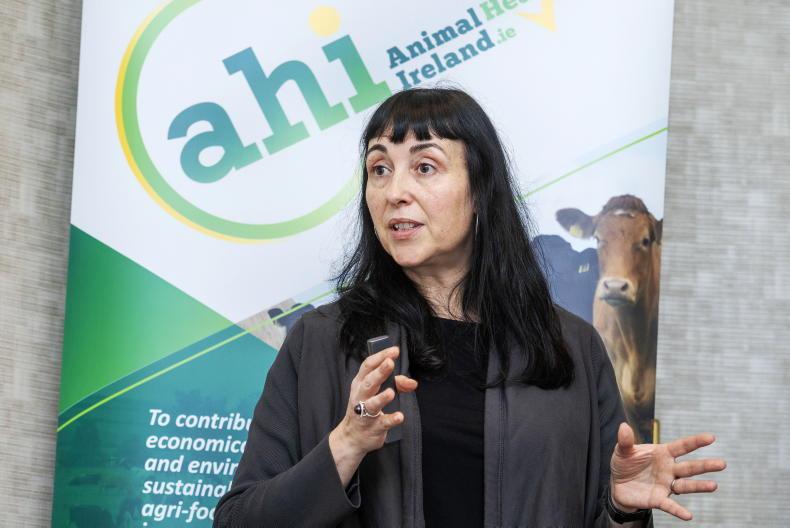
SHARING OPTIONS